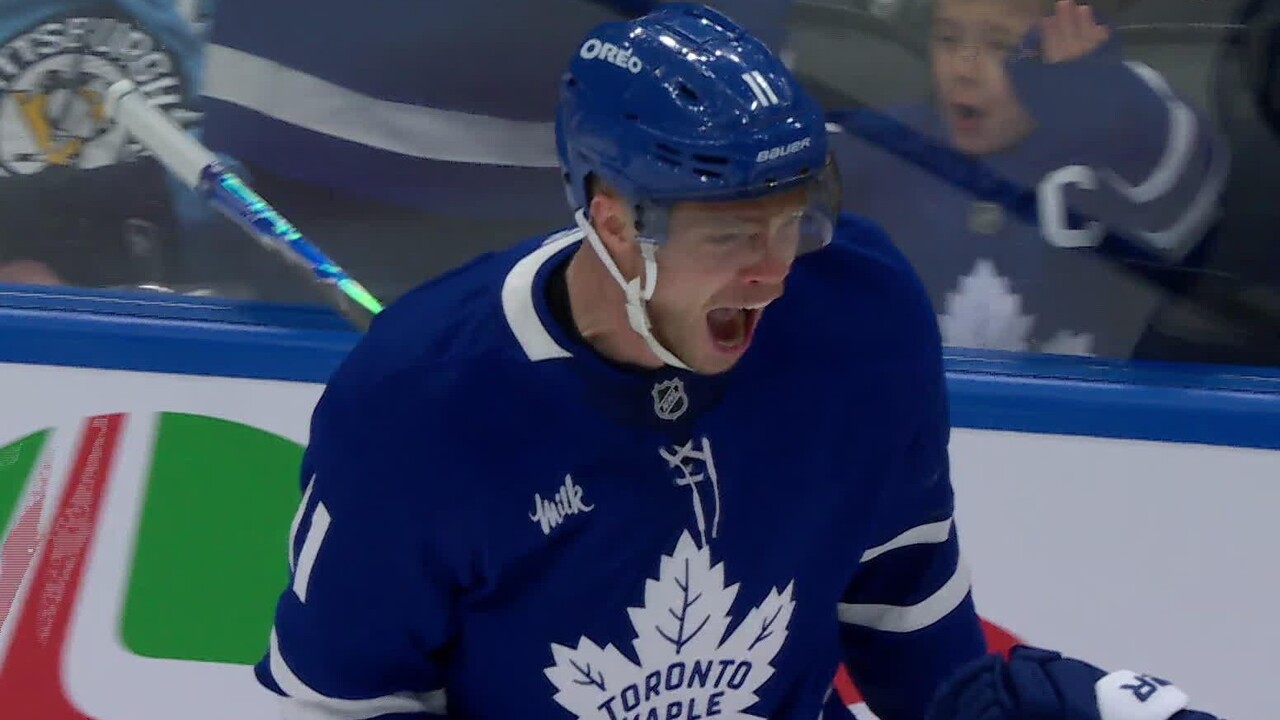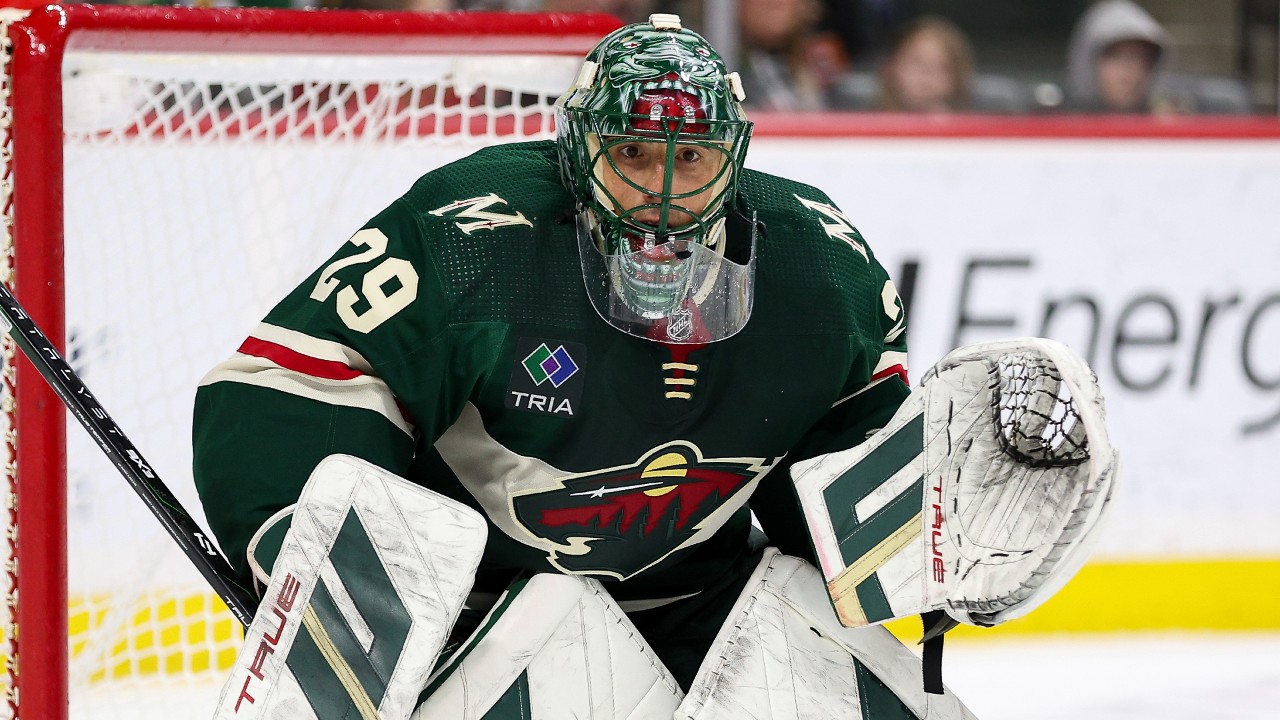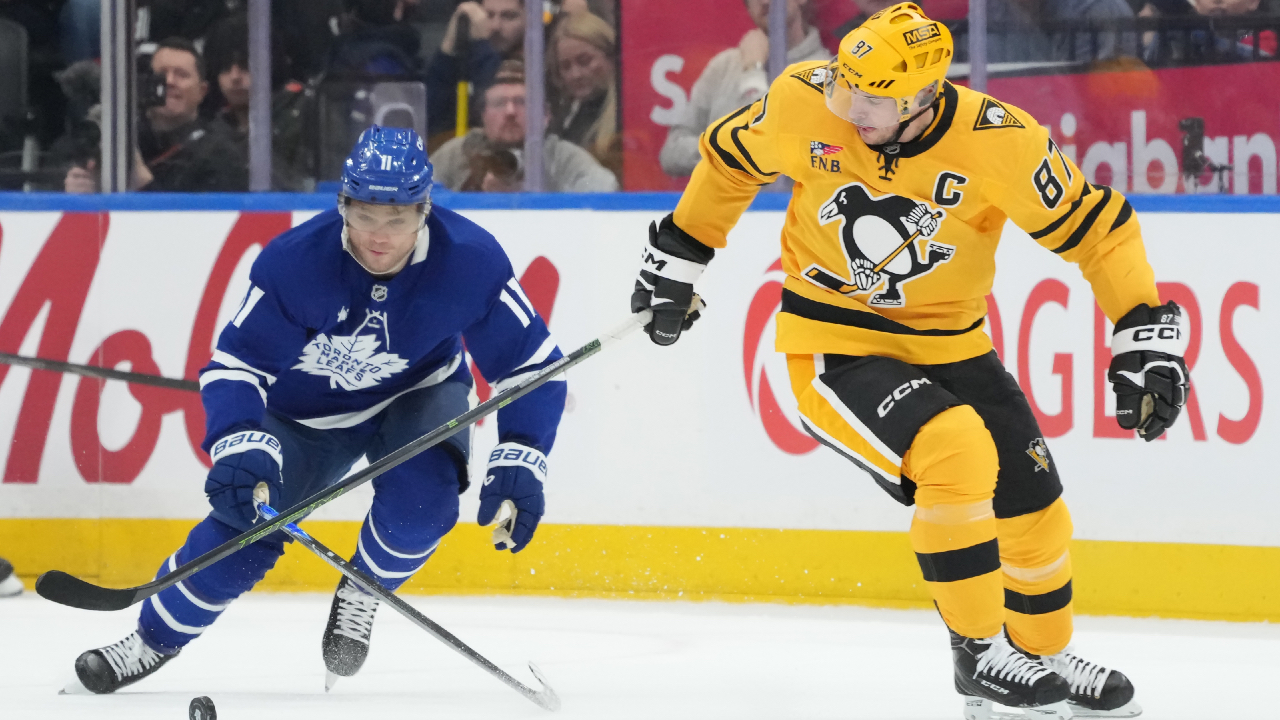
TORONTO — As the Canadian government opens its doors to the NHL to finish its season here this summer, the players are still waiting to find out what life might look like inside the playoff bubble.
Zach Hyman, who represents the Toronto Maple Leafs on the NHLPA’s Executive Board, indicated Tuesday that he doesn’t have much clarity on how restrictive the league’s return-to-play protocol will be.
That’s subject to ongoing negotiations between the NHL and NHLPA, and will ultimately be part of the package each side must approve before play resumes. Maintaining a controlled setup around the playing environment is the lynchpin to handing out the Stanley Cup amid the COVID-19 outbreak and could pose some challenges for players required to spend months cut off from the outside world.
“There aren’t many guidelines to what the bubble is,” said Hyman. “Everybody’s just talking about this bubble, but until we learn more about the restrictions, I (can’t) give you a better answer on that.”
The bubble environment has proven to be a challenge for the NBA — where a group led by Brooklyn Nets star Kyrie Irving is currently voicing opposition to plans for a restart at Disney World in Orlando, Fla.
While concerns exist among some NHL players, especially as it pertains to the amount of time they’ll be separated from their families, they don’t seem nearly as pronounced. On Tuesday, Conor Sheary told reporters in Pittsburgh that he believes that most of his brethren are committed to making sacrifices that allow the Cup to be awarded this fall: “I think no matter what that takes, we’re willing to do that.”
The Leafs are onboard, too. They’ve already got more than 20 players participating in voluntary, small-group workouts at the team practice facility, including a handful that travelled back from the United States and observed a 14-day quarantine. It’s hard to imagine them balking at the limitations posed by the bubble after so enthusiastically embracing Phase 2 before a season restart has even been made official.
“It’s our job, right? It’s going to be tough,” said Hyman. “These are circumstances that are obviously very difficult and affect everybody. So if we’re going to have a chance to play, we’re going to have to be in a bubble and isolate and potentially not see our families for a period of time and that’s a decision that guys have to make.
“If that’s what it takes to play, it depends on how long you go, but I think that there could be leniencies in place for the longer you go.
“I think that those are things to be discussed.”
There’s even a chance he and his teammates could be marooned in their own city. Canadian Prime Minister Justin Trudeau told reporters Tuesday that the federal government is “open” to the possibility of allowing the NHL to base one of its two hub cities here, and it’s believed Toronto is favoured over Edmonton and Vancouver, the two other Canadian-based contenders.
But even if that ends up being the case — which would require not only Toronto being selected as a hub, but also the Eastern Conference-based teams being kept in the east — players aren’t likely to enjoy much freedom of movement beyond the rinks and hotel.
Preventing a novel coronavirus outbreak among the NHL population will be a fundamental concern with the 24-team restart. The league’s return-to-play protocol is expected to see a bubble start to be established when teams gather for training camps on July 10 and will include daily testing for players and support staff once it reaches the competition stage in hub cities a couple of weeks later.
Any positive tests will result in that individual being isolated while those they’ve come in close contact with are monitored. The NHL doesn’t expect the tournament to be disrupted in the event that happens.
Obviously for any sport, if you have a major outbreak, it’s going to change everything, but we’re being told that an isolated case, or a couple of isolated cases, shouldn’t interfere with the plans, and we should be able to move forward,” commissioner Gary Bettman told ESPN on Monday.
Players could spend nearly 10 weeks in the bubble from when the play-in round begins to when Game 7 of the Stanley Cup Final is contested. Tack on a couple more for training camp, too.
What they’re allowed to do on days off, where and when they can eat, if they’re allowed to leave the hotel area and how many other activities will be made available to them are among the many decisions that will impact the overall quality of the experience.
With Las Vegas expected to be chosen as one of the hub cities, Hyman sees some merit to that idea. While players are producing entertainment for hockey fans by returning to the ice, they’ll likely desire access to some of their own during downtime.
“Obviously, they have a ton of hotels and I’m sure they can create a great bubble for guys to live there and to have access to other amenities that maybe other cities can’t provide,” Hyman said.
“So I think it provides lots for guys to do and I don’t know how restrictive the bubbles are yet — that’s something that we haven’t discussed — but if the bubbles are going to be very restrictive having the opportunity to have a section sectioned off where you can have access to amenities that you wouldn’t have in other cities are probably why Vegas is high up there.”




